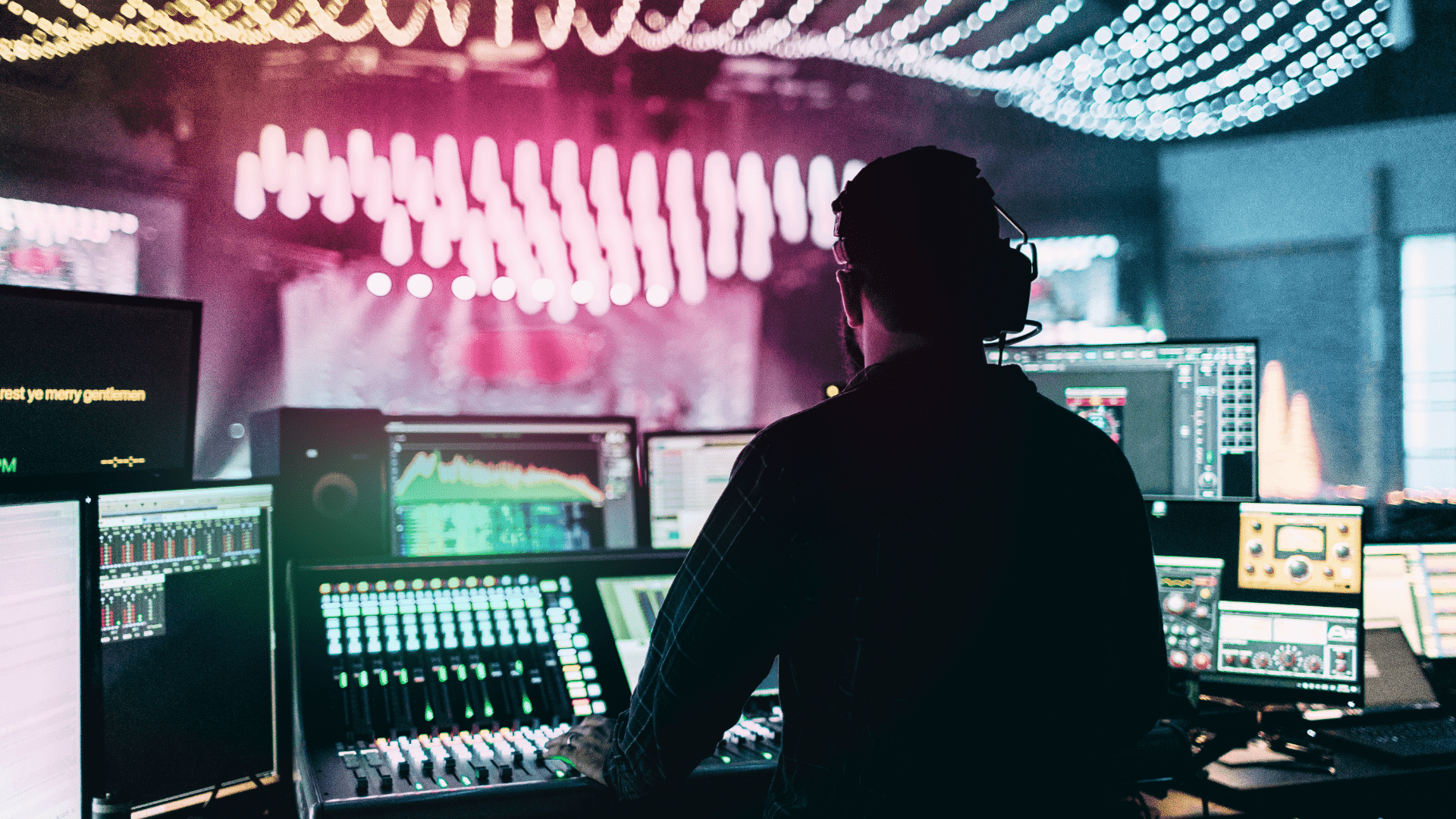Revolutionizing Spectator Interaction Through Immersive Virtual Reality Encounters in Live Performances
Revolutionizing Spectator Interaction Through Immersive Virtual Reality Encounters in Live Performances
Blog Article
Within recent years, virtual VR has emerged as potent instrument for enhancing audience involvement in live productions. Such innovation enables audiences to immerse oneself in a 3D environment, crafting a unique experience that traditional formats cannot duplicate. By utilizing VR, creators can transport viewers into the heart of the action, making them sense as if they are integral of the performance. This groundbreaking method not only captivates viewers but also unlocks new possibilities for storytelling and engagement.
A of the key advantages of using VR in live performances is the ability to forge a more interactive experience. Audiences can interact with the performance in the moment, influencing the outcome or discovering different viewpoints. For example, in a stage show, audiences wearing VR goggles can choose to follow particular characters or segments, enabling them to tailor their experience. This level of engagement fosters a deeper bond between the audience and the performance, rendering it even memorable and impactful.
Additionally, VR tools can improve the sight and sound elements of a real-time production. With high-quality visuals and sound design, creators can create stunning environments that draw viewers in. This immersive characteristic can raise the overall encounter, making it even more engaging and pleasurable. For example, a musical performance can be converted into a rich encounter, where fans feel as if they are on in front with the performers. Such enhancements not just attract bigger viewers but also encourage return attendance, as audiences seek to relive the excitement.
Alongside improving viewer involvement, VR can also provide valuable data for creators. Through examining how audiences interact with the digital setting, producers can try these out gather data on audience preferences and behaviors. This data can inform upcoming performances, assisting to customize content to better meet the demands and wants of the viewers. As a consequence, VR not just enhances the current experience but also adds to the evolution of real-time performances as a complete entity.
As the advancements continues to evolve, the potential for VR in real-time productions is immense. Ranging from theater and concerts to sports events and festivals, the possibilities are limitless. Through adopting this cutting-edge approach, creators can revolutionize the way viewers engage with real-time performances. With an increasing number of creators explore the incorporation of VR, it is likely that we will see a shift in how performances are designed and presented, eventually resulting to a greater immersive and participatory prospect for real-time performances.